5 Must-Know Tips For Purchasing Homeowners Insurance
Purchasing homeowners insurance can be a real challenge, especially for new home buyers. So, here are our 5 tips for understanding what type of homeowners insurance fits your needs.
1. Get Smart About Insurance Payments
Talk to your policy provider about a payment plan that works best for your budget. Also, attaching insurance payments onto your regular mortgage payments is a good way to make things more manageable. In fact, many mortgage lenders actually prefer this.
2. Take Extra Measures to Protect Yourself
You can actually get policy discounts and therefore save on insurance costs by taking additional steps like installing fire detectors, making sure your heating system is current and fully functional, updating your electrical wiring, using dead bolts, installing a home security system and just generally making sure your home is well maintained. If you happen to live in close proximity to a fire station or police department, you may be eligible for further savings.
3. Determine the Coverage Type You Need
You can save yourself a lot of time purchasing homeowners insurance by first figuring out the type of coverage that best suits your needs. There are several different types of homeowners insurance coverage, the most common of which are:
HO-2 — This is a general-yet-detailed policy that covers a list of 16 named perils (usually including but not limited to the house itself, personal possessions and liability insurance).
HO-3 — This very common policy will cover any perils save for those that are specifically on the excluded list.
HO-5 — Essentially the premium version of the HO-3. This policy covers most perils except for those listed as excluded, but it is meant for newer, often more expensive homes (owners of older homes should see HO-8).
HO-6 — This policy is specifically meant for those living in condominiums and/or co-op residential buildings. While actual insurance will be through the homeowners association (HOA), this policy will include damage repair and personal possession coverage, as well as liability coverage.
HO-7 — Intended for mobile homes, this policy will cover any perils except for those named as being excluded.
HO-8 — This policy is designed for older homes, but it only covers the cost (monetary value) of the home. The reason behind this is that it is often harder to do repairs and replacements in older buildings.
For the most part, your insurance agent will make a determination on what type of insurance you need, but it still helps to know what is going into you insurance quote.
4. Know Your Policy Value
Know what kind of coverage amount (the monetary value) you’re looking at. This can be determined by estimating the value of your home in addition to how much various repairs will cost. Enlisting the help of a professional home builder, appraiser or insurance assessment company will greatly help in this area.
Keep in mind that the replacement cost on the home is almost always less than the pricetag of your house, because the replacement cost doesn’t include the land, which is a large part of the cost of buying a home.
5. Inventory Your Belongings
Going along with the above, it’s a good idea to make a list of your possessions (valuables) and their cost. If you’re like most people, you have some thousands of dollars worth of belongings that you would want to replace or receive compensation for should they be lost. After all, purchasing homeowners insurance is usually about more than just the building. If you can’t remember the cost and lack the receipts or other records, a professional appraiser can also help with this task.
